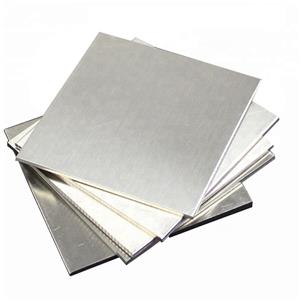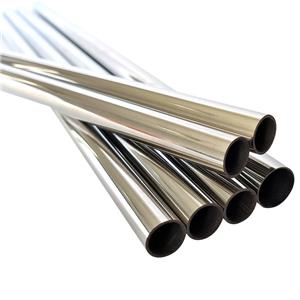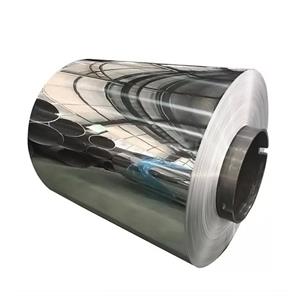Knowledge About Aluminum Profile
Aluminum profiles are aluminum rods through hot melt and squeezing, so as to obtain aluminum materials with different section shapes. The production process of aluminum profiles mainly includes three processes: melting, squeezing and coloring. Among them, coloring mainly includes: oxidation, electrophoretic coating, spraying fluorous spray, powder spraying, and wood grain transfer. Aluminum profiles are aluminum rods through hot -melt and squeezed, so as to obtain aluminum materials of different section shapes. The main uses of aluminum profiles include national defense, aerospace, construction, power, communications, automobiles, medical (aluminum barrels, aluminum bottles, etc.) and daily necessities.
Characteristics of Aluminum Profiles:
Corrosion resistance:
The density of aluminum profiles is only 2.7g/cm3, which is about 1/3 of the density of steel, copper or brass (7.83g/cm3, 8.93g/cm3, respectively). Aluminum exhibits excellent corrosion resistance under most environmental conditions, including in air, water (or brine), petrochemicals, and many chemical systems.
Conductivity:
Aluminum profiles are often chosen due to their excellent electrical conductivity. On an equal weight basis, the conductivity of aluminum is approximately 1/2 that of copper.
Thermal conductivity:
The thermal conductivity of aluminum alloys is about 50-60% of that of copper, which is beneficial for the manufacture of heat exchangers, evaporators, heating appliances, cooking utensils, and automobile cylinder heads and radiators.
Non-ferromagnetic:
Aluminium profiles are non-ferromagnetic, an important property for the electrical and electronic industries. Aluminium profiles are not self-igniting, which is important for applications involving handling or contact with flammable and explosive materials.
Machinability:
The workability of aluminum profiles is excellent. In various wrought and cast aluminum alloys, and in the various states in which these alloys are produced, the machining characteristics vary considerably, which requires special machine tools or techniques.
Formability:
The specific tensile strength, yield strength, ductility and corresponding work hardening rate govern the variation in allowable deformation.
Aluminum Profile Types:
The most common type of aluminium profile is the hollow beam profile, which is just a variation of the square profile. There are other profile types such as Triangle, Single Radius, H-Profile, U-Profile, T-Profile, and L-Profile.
Applications of Aluminum Profile:
Aluminum profiles are commonly used in industrial automation applications such as production lines and automated motion applications throughout the manufacturing industry. Aluminum profiles are also commonly used in doors and windows, such as the common 6xxx series aluminum profiles. Aluminium profiles are strong and lightweight, and can be easily handled manually and built into a variety of configurations as required by automated structures. With the development of more advanced aluminum alloy and surface coating technology, the use of aluminum profiles is expanding into more new fields.




